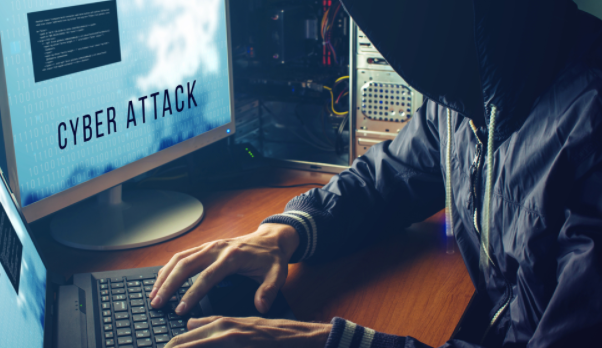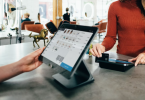 No matter if you’re hopping online for work, school, or a bit of mindless browsing, employing just a handful of security measures can greatly reduce your exposure to cyberthreats.
No matter if you’re hopping online for work, school, or a bit of mindless browsing, employing just a handful of security measures can greatly reduce your exposure to cyberthreats.
Indeed, this is the challenge of living in a connected world, and internet safety is the name of the game.
Contents
3 Common Cyber Attack Sources
Below you’ll uncover information about some of the common ways hackers access your personal information. You’ll also discover an important safety measure to prevent cyberattacks.
1. Spam Emails
Did you know 94% of malware is delivered by email? Of course, it’s easy to dismiss and delete emails from obvious scams, like an unclaimed inheritance or news from a prince in some faraway country. But other spam email tactics aren’t so clear. Knowing how to sort legitimate emails from potentially dangerous ones isn’t just useful — it could also keep your personal data out of hackers’ hands.
If you don’t recognize the sender’s email address, then think twice before clicking any links or opening an attachment to avoid malware or phishing schemes. These simple actions can provide cybercriminals with access to your hard drive, where they’re able to syphon off and transmit the data they glean to the highest bidder. They can even make your laptop or desktop computer inoperable.
Also Read: How to Open NAT Type on PC and Change it
2. Unsecured Wi-Fi Networks
A change of scenery, such as the local library or a downtown coffee shop, might be a nice way to boost your productivity, but using an unsecured Wi-Fi network could potentially spell trouble. To prevent your personal information from being compromised, only use secured Wi-Fi connections that require a password.
Networks lacking password validation and encrypted data connections could leave your personal information exposed and ripe for the taking. For example, cybercriminals are notorious for pulling off so-called man-in-the-middle attacks, or MITMs, where the attacker secretly relays and possibly alters the communications between two parties who believe they are directly communicating with each other.
3. Online Shopping
Before you splurge on the next gadget, take a minute to verify the security of the website you’re on — before entering any personal or credit card information. Any site requesting sensitive data should begin with “https” — not “http” — and display a padlock icon for visible security proof.
Nearly 80% of all websites employ default protocol https. And while the majority of websites use encryption to prevent someone from trying to “listen in” to your transaction, a significant number aren’t doing enough to ensure thieves won’t access your information.
In fact, identity thieves sometimes create copycat websites, which may look like the real deal but have a few tell-tale signs. Unsure whether a particular website is safe? Then double-check the URL. Does the web address make sense? If you’re expecting to be on a name-brand website, look for URL misspellings and odd variations.
The Solution? Install a Firewall to Safeguard Your Identity
From phishing, malware, and spyware to data breaches and unsecured Wi-Fi connections, cybercriminals have a variety of ways to uncover and steal your personal information. However, you can prevent that from happening by adding in a roadblock: a web application firewall, or WAF.
So, what exactly is web application firewall? For starters, it more or less acts like a gatekeeper by looking to see if any incoming traffic is legitimate, in which case the firewall will allow it in. Traffic that doesn’t pass the test is blocked, helping to save your system from a potential attacker.
For those looking to better safeguard their devices, look to SiteLock for a variety of web application firewall solutions in a comprehensive package for advanced security.
More from us: How to Permanently Delete Facebook Messages from Both Sides
Heed These Tips to Stay Protected Online
Whether you’re shopping for gifts, checking your email, or simply working from home, we tend to spend a good majority of our time online. To keep hackers at bay, be mindful of these and other common cyberattacks to safeguard your personal and financial information.






